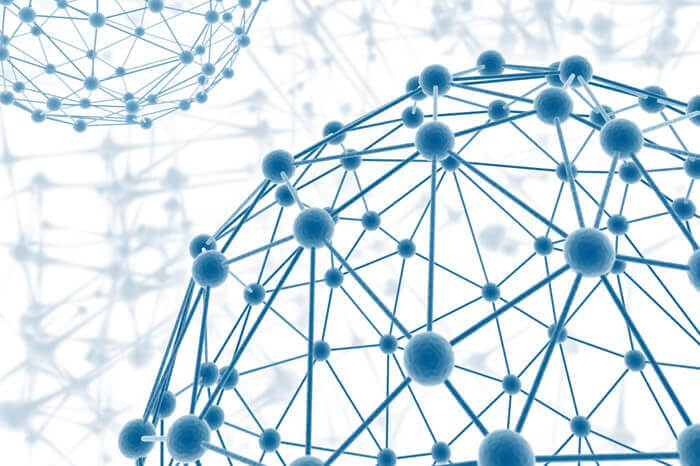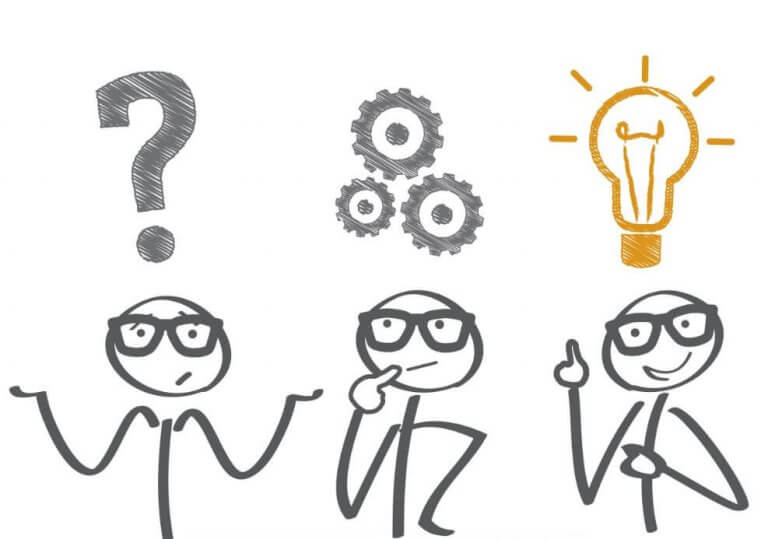Theory of Mind: The Root of Empathy

Theory of mind (ToM) is the ability to distinguish between your own mind and that of others. It allows you to interpret and predict someone’s behavior through the mental state that you attribute to them. A mental state can incorporate thoughts, feelings, beliefs, desires, and so on.
Consider the following example, imagine that you’re looking out the window and you see your neighbor leaving their house. When they’re a few steps away, they start patting their pockets, turn around, and go back inside. You probably wouldn’t have any trouble understanding their behavior – they clearly forgot something. This is because you were able to get into their mind and interpret their behavior. In psychology, this ability is included under the umbrella known as theory of mind.
Theory of mind – a conceptual system
Theory of mind comes from the school of constructivism, which views human beings as scientists who create intuitive theories about reality based on concepts. Therefore, ToM starts from the basis that all notions and ideas about the mind form a huge conceptual system. A conceptual system is something that is defined by a network of related concepts rather than an explicit definition.

There are two basic points to understand about this conceptual system:
- It’s interpretive – we use concepts to represent mental state and construct a reality around this information.
- It’s inferential – the logical relationships between concepts allow us to explain and predict future behavior through cause and effect.
Therefore, we can define theory of mind as a cognitive system that manages, interprets, and predicts behavior with the support of conceptual systems and inference. This definition suggests that the mind is a mediator between perception and action. If you can represent someone else’s mind in your own mind, you can decipher their behavior.
The mind mediates behavior
But this begs the question, how does the mind mediate between perception and action, and how do we infer what goes on in other people’s minds? It’s important to answer these questions to understand how we’re able to anticipate other people’s behavior just by intuiting their thoughts. Psychologist Rivière and his team developed a causal theory to explain it.
According to Rivière et al, it all starts with perception, through which we form beliefs about reality. Added to our educational and biological background, these create desires, which in turn modify our intentions to promote their fulfillment. This interaction between beliefs and desires gives rise to a series of behaviors aimed at fulfilling these desires.
The limitation of this model is that it’s too simplistic to explain the reality of behavior. But you don’t really have to see it from a scientific perspective, since we’re looking for the way the brain reasons, not what actually happens. It seems as though this is the theory that the brain uses to interpret and anticipate one’s own and other people’s behavior. It might lack precision, meaning it will fail from time to time, but it’s a quick shortcut that is mostly accurate.

How does ToM develop?
We’re not born with theory of mind, we’re born with the potential for it. It comes pre-installed in the brain, but it needs proper stimulation during critical periods of development in order to be fully functional.
The age at which ToM generally develops is around 4-5 years, when children start to solve the false-belief task. It doesn’t develop until this point because the child must first develop the ability to comprehend two fundamental concepts:
- Desires and beliefs – the child should understand that a person’s behavior is governed by their own desires and beliefs. They must learn that beliefs can be wrong and desires can be unfulfilled.
- People view objective reality from a subjective perspective – the child must understand that behavior is governed by a subjective evaluation of reality. Then they’ll be able to understand the existence of false beliefs and obtain reason from them.
Even when theory of mind is fully developed, it doesn’t become a passive process. It’s an ability that influences the development of other important abilities, including empathy. When the child begins to understand the beliefs and desires of other people, they can start to put themselves in their place.
Theory of mind (ToM) is the ability to distinguish between your own mind and that of others. It allows you to interpret and predict someone’s behavior through the mental state that you attribute to them. A mental state can incorporate thoughts, feelings, beliefs, desires, and so on.
Consider the following example, imagine that you’re looking out the window and you see your neighbor leaving their house. When they’re a few steps away, they start patting their pockets, turn around, and go back inside. You probably wouldn’t have any trouble understanding their behavior – they clearly forgot something. This is because you were able to get into their mind and interpret their behavior. In psychology, this ability is included under the umbrella known as theory of mind.
Theory of mind – a conceptual system
Theory of mind comes from the school of constructivism, which views human beings as scientists who create intuitive theories about reality based on concepts. Therefore, ToM starts from the basis that all notions and ideas about the mind form a huge conceptual system. A conceptual system is something that is defined by a network of related concepts rather than an explicit definition.

There are two basic points to understand about this conceptual system:
- It’s interpretive – we use concepts to represent mental state and construct a reality around this information.
- It’s inferential – the logical relationships between concepts allow us to explain and predict future behavior through cause and effect.
Therefore, we can define theory of mind as a cognitive system that manages, interprets, and predicts behavior with the support of conceptual systems and inference. This definition suggests that the mind is a mediator between perception and action. If you can represent someone else’s mind in your own mind, you can decipher their behavior.
The mind mediates behavior
But this begs the question, how does the mind mediate between perception and action, and how do we infer what goes on in other people’s minds? It’s important to answer these questions to understand how we’re able to anticipate other people’s behavior just by intuiting their thoughts. Psychologist Rivière and his team developed a causal theory to explain it.
According to Rivière et al, it all starts with perception, through which we form beliefs about reality. Added to our educational and biological background, these create desires, which in turn modify our intentions to promote their fulfillment. This interaction between beliefs and desires gives rise to a series of behaviors aimed at fulfilling these desires.
The limitation of this model is that it’s too simplistic to explain the reality of behavior. But you don’t really have to see it from a scientific perspective, since we’re looking for the way the brain reasons, not what actually happens. It seems as though this is the theory that the brain uses to interpret and anticipate one’s own and other people’s behavior. It might lack precision, meaning it will fail from time to time, but it’s a quick shortcut that is mostly accurate.

How does ToM develop?
We’re not born with theory of mind, we’re born with the potential for it. It comes pre-installed in the brain, but it needs proper stimulation during critical periods of development in order to be fully functional.
The age at which ToM generally develops is around 4-5 years, when children start to solve the false-belief task. It doesn’t develop until this point because the child must first develop the ability to comprehend two fundamental concepts:
- Desires and beliefs – the child should understand that a person’s behavior is governed by their own desires and beliefs. They must learn that beliefs can be wrong and desires can be unfulfilled.
- People view objective reality from a subjective perspective – the child must understand that behavior is governed by a subjective evaluation of reality. Then they’ll be able to understand the existence of false beliefs and obtain reason from them.
Even when theory of mind is fully developed, it doesn’t become a passive process. It’s an ability that influences the development of other important abilities, including empathy. When the child begins to understand the beliefs and desires of other people, they can start to put themselves in their place.
This text is provided for informational purposes only and does not replace consultation with a professional. If in doubt, consult your specialist.







